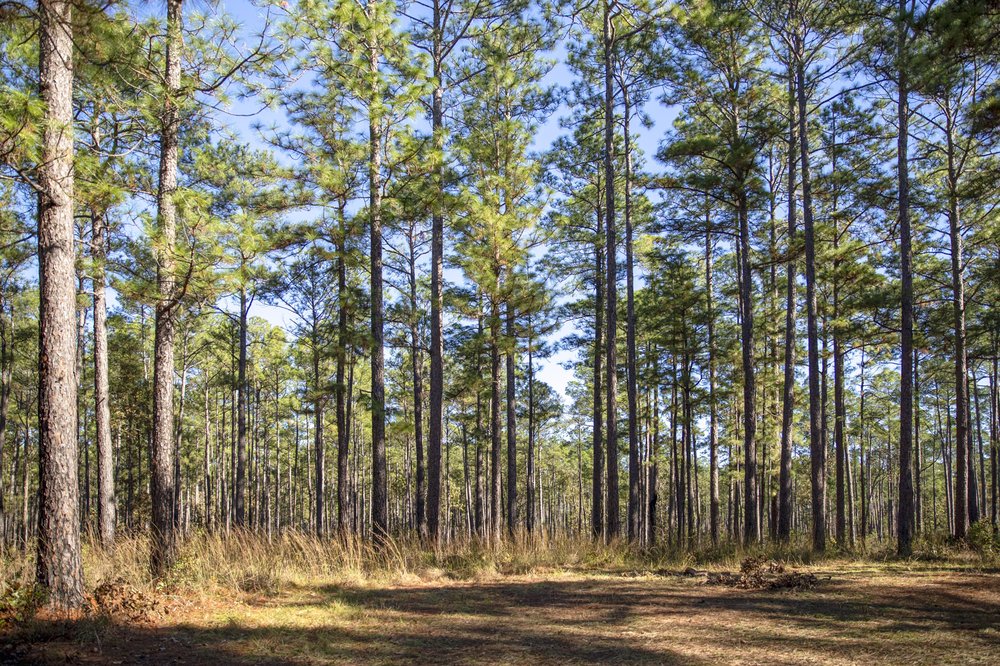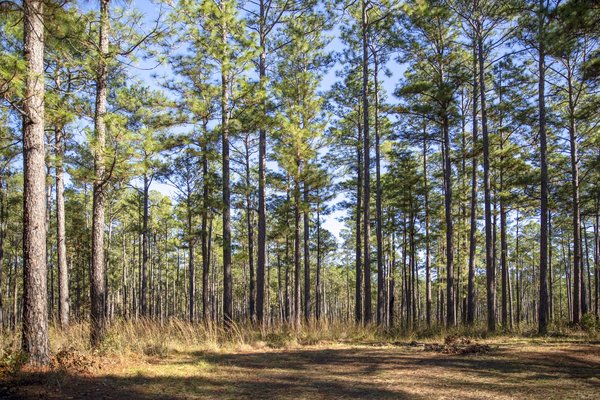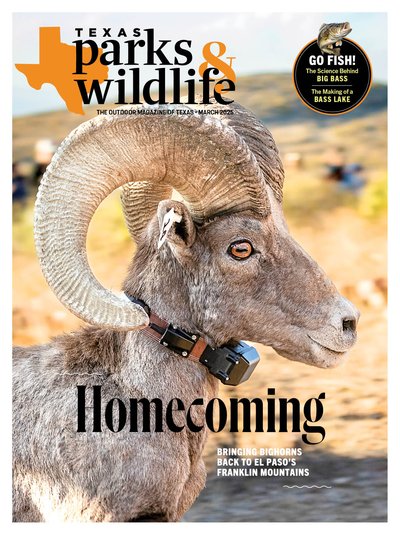Moore Plantation Wildlife Management Area gets its name from the pine plantation that once stood here. These days, the WMA's approximately 27,000 East Texas acres beckon public lands hunters from across the state. Hunters stalk carefully over browned needles as they pursue white-tailed deer, quail, dove and squirrel in the fall and winter months. As one of the few places where hunters can go for a walk-in, rifle deer hunt on public lands, they flock here like deer to a feeder.
Beneath the tall canopy, it's easy to imagine that you're a 19th century frontiersman in search of dinner, and just as easy to forget that these trees have been here less than a century.
In the late 19th and early 20th century, eager loggers and wildcatters clear-cut wide swaths of the East Texas forest. By 1935, only 30 square miles of old-growth longleaf pine forest remained. About the same time, the Texas Legislature approved a resolution urging the federal purchase of land to create national forests in Texas. Within the decade, the feds had acquired much of the current land holdings, and the Civilian Conservation Corps set about the process of reforestation. Ultimately, the CCC planted more than 3 million trees across the region.
Despite this work, only 3 percent remains of the upland longleaf pine savannah ecosystem that once dominated 90 million acres across the U.S. Southeast. Biologist Cody Dunagan, who oversees the Texas Parks and Wildlife Department's work at Moore Plantation, is working hard to keep East Texas' remaining pine savannah in prime condition.
“A lot of us WMA biologists are labeled as ‘hook and bullet’ guys who manage for deer so people can hunt them, but in a place like this, you've got to be focused on the whole picture,” Dunagan says.
Dunagan manages the WMA holistically, but with a specific focus on the eastern wild turkeys, which have a much lower population than Rio Grande turkeys in Texas. “The more specialized management we do for them is going to benefit deer also,” he says.
“A pine savannah, when it's in prime condition, is one of the most biodiverse ecosystems in North America,” says Dunagan. But the lack of historic wildfire and other natural occurrences led to the decline of species like quail, turkeys and red-cockaded woodpeckers — wildlife that thrived when there was more frequent disturbance.
Longleaf pine thrived with fire, too. Longleaf is one of four species of pine — longleaf, shortleaf, loblolly and slash (sometimes called yellow) — historically found in the Pineywoods.
Longleaf pine is the preferred home for red-cockaded woodpeckers. Thanks in part to the restoration work within East Texas, the formerly endangered species has improved its numbers and is now on the upswing.
How to Reserve
Unlike most WMAs, you do NOT need a Limited Public Use Permit or an Annual Public Hunting Permit to access Moore Plantation for general visitation. The land is cooperatively managed by the U.S. Forest Service and TPWD and is part of the Sabine National Forest. Over 95 percent of U.S. Forest Service lands are free to use for recreation. Hunters must possess an Annual Public Hunting Permit and valid hunting license. Moore Plantation and other WMAs do not require reservations. Each one of our national forests in Texas has a wildlife management area within it — Sabine National Forest has Moore Plantation; Angelina National Forest has Bannister Wildlife Management Area; Davy Crockett National Forest contains the Alabama Creek WMA; and the entirety of Sam Houston National Forest is a WMA.






